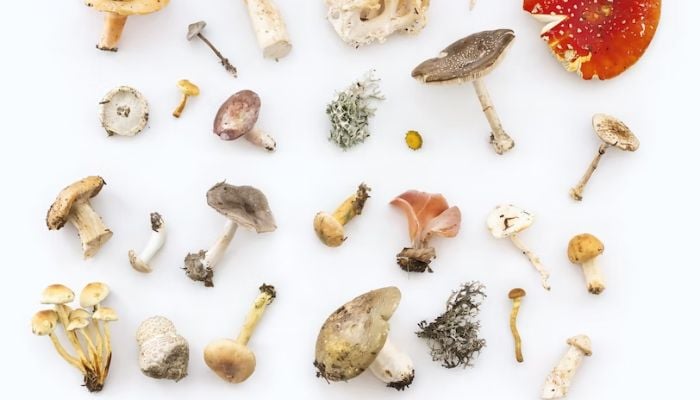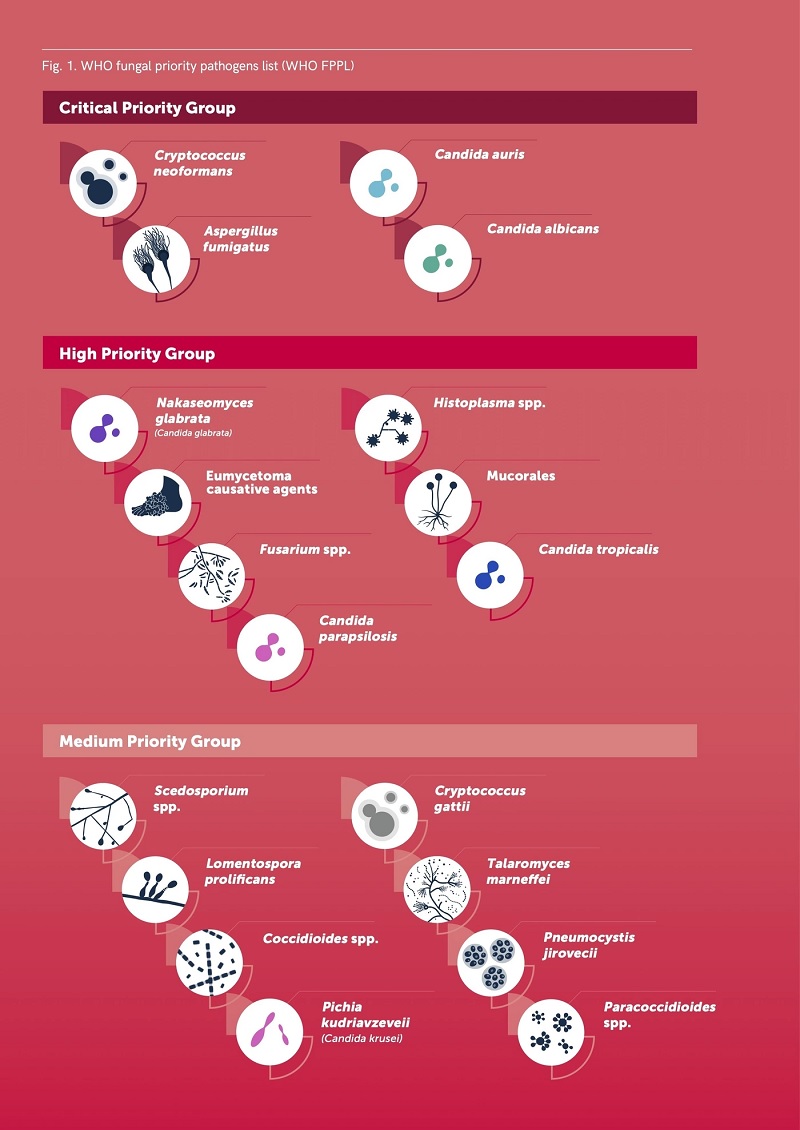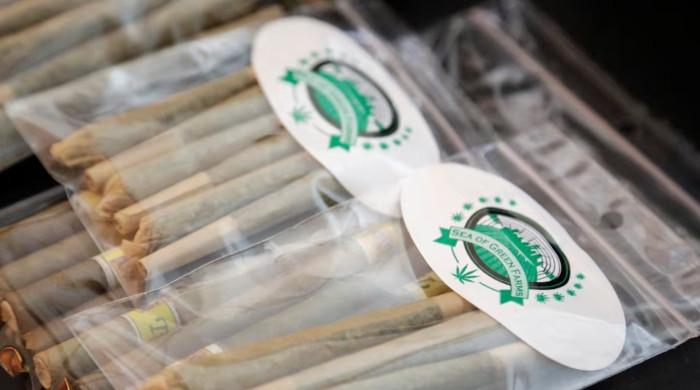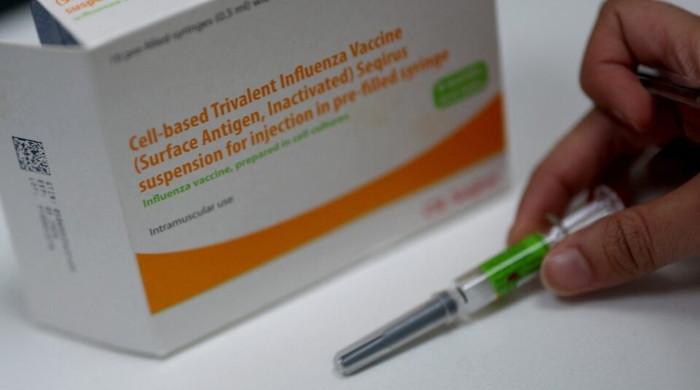WHO reveals list of deadly fungi that you should beware of
Nealy 1.7 million people die of fungal infections every year and more than 150 million suffer from severe infections
October 27, 2022

The World Health Organisation (WHO) has released a list of fungi that are a threat to public health.
The global health agency revealed 19 names and labelled them "priority pathogens" as they are becoming resistant to treatments. These fungi even include yeasts and moulds.
Nealy 1.7 million people die of fungal infections every year and more than 150 million suffer from severe infections. The infections that spread can be especially deadly in hospitals for those who are immunocompromised.
Pathogens hunt people that have a weak immune system including those fighting COVID-19.
The WHO also published a list of bacteria that pose a grave threat and said that there was a lack of research when it came to studying dangerous fungi. As a result, insufficient resources are spent on developing effective antifungal drugs.

According to a report by MailOnline, the WHO's assistant director-general of antimicrobial resistance (AMR), Dr Hanan Balkhy said that the threat was increasing worldwide.
Dr Haileyesus Getahun, WHO Director, AMR Global Coordination Department, said that countries should "follow a step-wise approach" and strengthen laboratories to promote research.
With the planet warming more each day, fungi are adapting to the temperatures and becoming more skilled at harming people.
WHO warns about the following fungi:
'Critical' priority:
1. Cryptococcus neoformans
2. Candida auris
3. Aspergillus fumigatus
4. Candida albicans
'High' priority:
1. Histoplasma
2. Eumycetoma
3. Mucorales
4. Candida tropicalis
5. Nakaseomyces
6. Candida parapsilosis
'Medium' priority:
1. Scedosporium
2. Lomentospora prolificans
3. Coccidioides
4. Pichia kudriavzeveii
5. Cryptococcus gattii
6. Talaromyces marneffei
7. Pneumocystis jirovecii
8. Paracoccidioides









